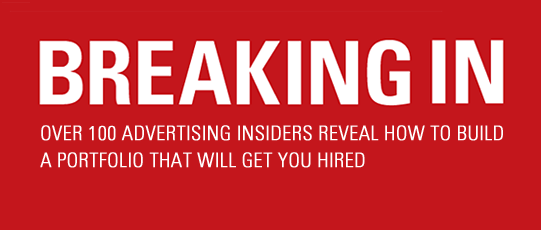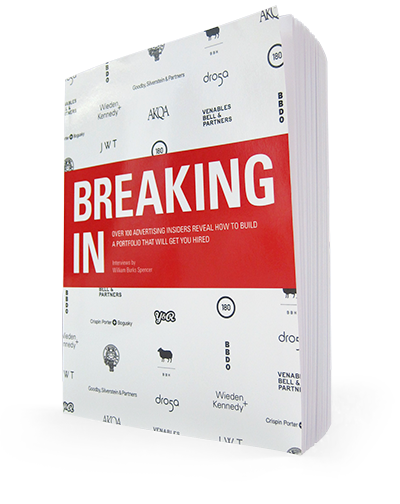Check out some great work from Mark Fitzloff.
WS: What do you look for in a student book? And what impresses you?
MF: I look for intelligence, I think. It’s not so much the packaging, or the choice of media, or necessarily how finished something is, but I look for something that makes me think, “I bet that the person who made that is a smart guy or a smart girl and I just want to learn more about that person.” And I know that’s a bit vague, but I think you have to look at something and go, “Did it take a little bit of wit, or insight, or knowledge of some sort to come up with that solution?” And then I think it’s good. That gets me interested in seeing more.
WS: You said you’re not that concerned about the finish necessarily; do you think sketches can be enough these days, or not?
MF: It’s kind of a sliding scale. I think that I’d be lying if I said that I would prefer something that was unfinished. I think that we all pride ourselves on saying we’re looking for something smart and it doesn’t matter what form it takes. That said, polish can’t hurt. It’s just the old “polishing a turd” cliché that I think is absolutely true—it’s not going to help if the idea’s not there.
But what I wouldn’t suggest is poking at something. I think we do this, whether it’s a student book or an actual commercial you’re working on. It’s like poking at a dead thing on the road: the more you poke at the dead frog, it’s going to start to fall apart. You’ve got that stick and you’re just trying to tweak this, and push that. At best, no one’s going to notice and it won’t really matter. You’re just wasting your time. At worst, you’re actually going to make it worse and it’s going to start to fall apart. So I think that you have to use trusted opinions around you because sometimes you get so close to something that you’re not sure when to say, “Okay, pencils down. This is good enough to communicate the idea–that’s all I need to do.”
Now, there’s lots of different jobs out there. If you’re more design heavy or if you’re hoping to get a studio job [it’s different]. Certainly a lot of art directors would probably have a different answer. They are going to be looking for execution. But as far as I’m concerned, if a sketch can deliver that little flash of genius, or intelligence, then you’re done—time to move to the next thing.
[ … ]
Continue reading →
Read the full interview in BREAKING IN: Learn more about the book or Buy it on Amazon


